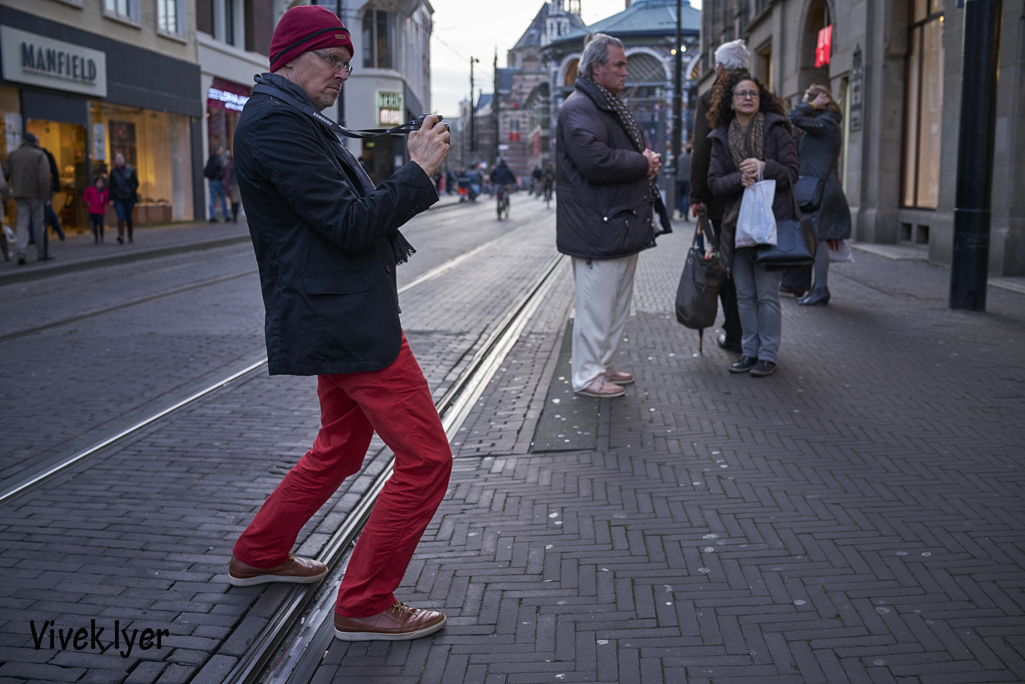Lucille, you are a treasure.

Basically, "What makes for a good image" is usually said to be in the eye of the beholder. That designation can yield as many opinions as there are photographers.
"I know what I like." all to often actually means
"I like what I know." So keep that in mind.
IMO, there are a few things to consider … at least, things I ask people to consider when teaching or giving seminars.
It seems that people who have a deep interest in something other than photography eventually come to make their best photographs when expressing that interest. To quote Henri Cartier-Bresson,
" Photography Is Nothing, It Is Life That Interests Me." His place in the history of photography, and life-long body of work certainly backs up that statement.
I've also noted that most acclaimed photographers and established masters seem have a common understanding of the nature of
still photography.
I think the great French master Robert Doisneau said it best with his book titled
"Three Seconds To Eternity" … a reference to the fact that the sum total of his life's curated portfolio added up to about 3 seconds … taken at 1/250 of a second here, 1/1000 of a second there. Pretty profound if you think about it, because it nails exactly what makes still photography unique amongst all the visual arts. How one avails themselves of that uniqueness is something to ponder.
Another master photographer, Andre Kertesz, further zeroed in on it with this challenging statement:
"The Moment Something Changes Into Something Else". That
"Something Changes …", is a reference to the fact that everything around us is in constant flux … be it the ephemeral nature of light itself, to a fleeting expression, to how a photographer may move a few inches and the composition suddenly becomes quite different. That idea can be applied to any type of photography be it photojournalistic approaches, street, sports, still life, portrait, or landscape, etc., etc.
In general, there are a few components that help make for good photographs:
Light. Can't make a photo without it. However it is an acute awareness of the
quality, quantity, and direction of light that often determines the more successful use of it. I implore my students and assistants to study the ever changing nature of light, and think of how they would place themselves in relation to the subject to take advantage of it.
What I call the "Geometry of Photography". A photograph is 2D. Where we place the compositional elements, the degree we use perspective, and how we apply optical properties like depth-of-field, is what leads the eye where we wish it to go, and/or tricks the brain into believing the illusion of 3D.
When the shutter button is pressed. It is more than just anticipation and timing. Again, to paraphrase Bresson's often misunderstood "Decisive Moment" concept … not just a reference to when we recognize a significant event has arrived at that "Decisive Moment" … it also references the fraction-of-a-second when all of the elements have converged in an organization that gives that moment its proper expression. Note his use of the word "Significant" … which suggest discrimination as to what you shoot … or by extension what you keep … but perhaps more importantly what you show … something that is becoming somewhat a lost art.
Hope this is of some help, or at least inspires some further thinking.
- Marc





